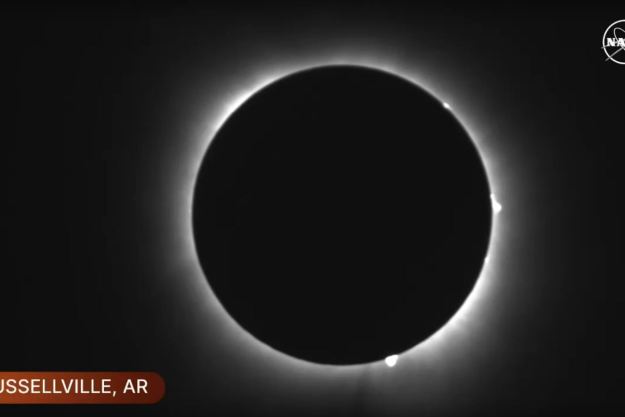NASA had aimed to collect its first sample of Martian rock using the Perseverance rover yesterday, Friday, August 6, but the sampling attempt didn’t go as planned. The rover failed to collect a rock sample and seal it into a tube for future analysis on Earth, but NASA officials say they’re confident that they can figure out what went wrong.
Collecting samples from Mars is a major part of Perseverance’s mission. The idea is that the rover will drill into the rocks in the Jezero crater area, where it is exploring, and collect a variety of samples. Each sample will be sealed in an airtight container called a sample tube. Then planned future missions to Mars will collect these samples and return them to Earth for study.

While the rover didn’t manage to collect a sample this time, it will have plenty of opportunities to try again in the future.
“While this is not the ‘hole-in-one’ we hoped for, there is always risk with breaking new ground,” said Thomas Zurbuchen, associate administrator of NASA’s Science Mission Directorate in Washington. “I’m confident we have the right team working this, and we will persevere toward a solution to ensure future success.”
The hardware which performs the sampling is called the Sample Caching System and is a complex system of 3,000 parts for drilling into the rock, handling the samples, and storing them. Data from the sampling attempt shows that the rover’s drill and bit engaged as planned and that the sample tube was correctly processed. But something went wrong with getting rock from the surface into the tube.
“The sampling process is autonomous from beginning to end,” said Jessica Samuels, the surface mission manager for Perseverance at NASA’s Jet Propulsion Laboratory in Southern California. “One of the steps that occurs after placing a probe into the collection tube is to measure the volume of the sample. The probe did not encounter the expected resistance that would be there if a sample were inside the tube.”
Even though the sampling mission didn’t work out as they hoped, NASA engineers aren’t overly worried about the rover’s hardware. They think the problem is more likely to do with the rock’s composition being different than they expected than with the rover itself.
“The initial thinking is that the empty tube is more likely a result of the rock target not reacting the way we expected during coring, and less likely a hardware issue with the Sampling and Caching System,” said Jennifer Trosper, project manager for Perseverance at NASA’s Jet Propulsion Laboratory. “Over the next few days, the team will be spending more time analyzing the data we have, and also acquiring some additional diagnostic data to support understanding the root cause for the empty tube.”
Now, the team will analyze data from the rover, including using its WATSON camera to image the hole made by the drill, to understand what happened, and learn how to correct for it next time.
“I have been on every Mars rover mission since the beginning, and this planet is always teaching us what we don’t know about it,” said Trosper. “One thing I’ve found is, it’s not unusual to have complications during complex, first-time activities.”
Editors' Recommendations
- Starliner astronauts arrive at launchpad for first crewed flight tonight
- NASA’s Orion spacecraft has ‘critical issues’ with its heat shield, report finds
- Psyche spacecraft sends data back to Earth using lasers for the first time
- Final communications sent to the beloved Ingenuity Mars helicopter
- NASA needs a new approach for its challenging Mars Sample Return mission



